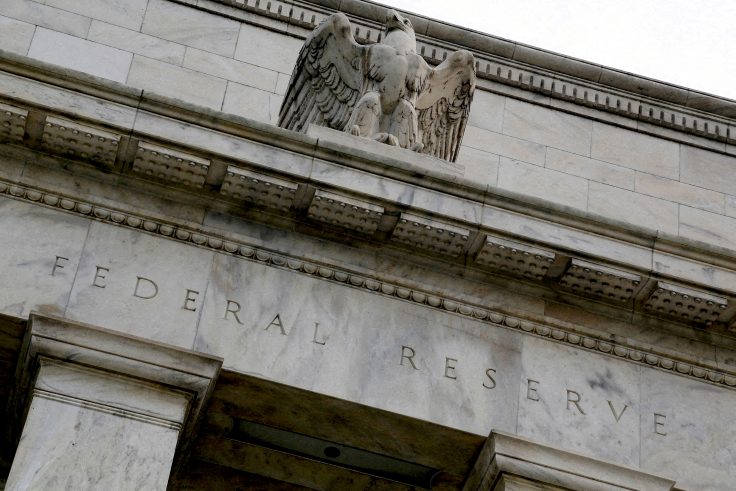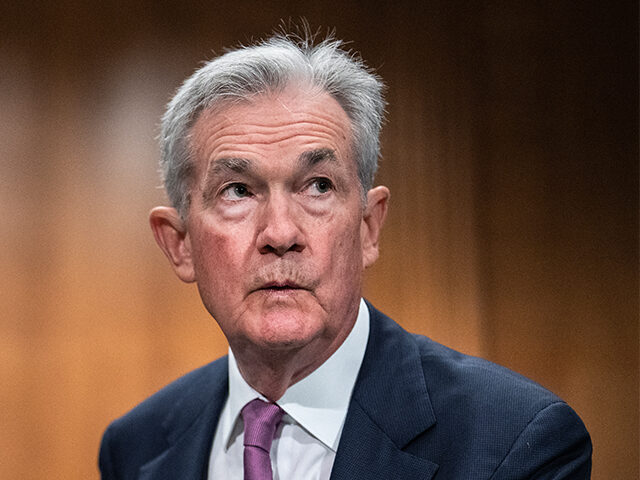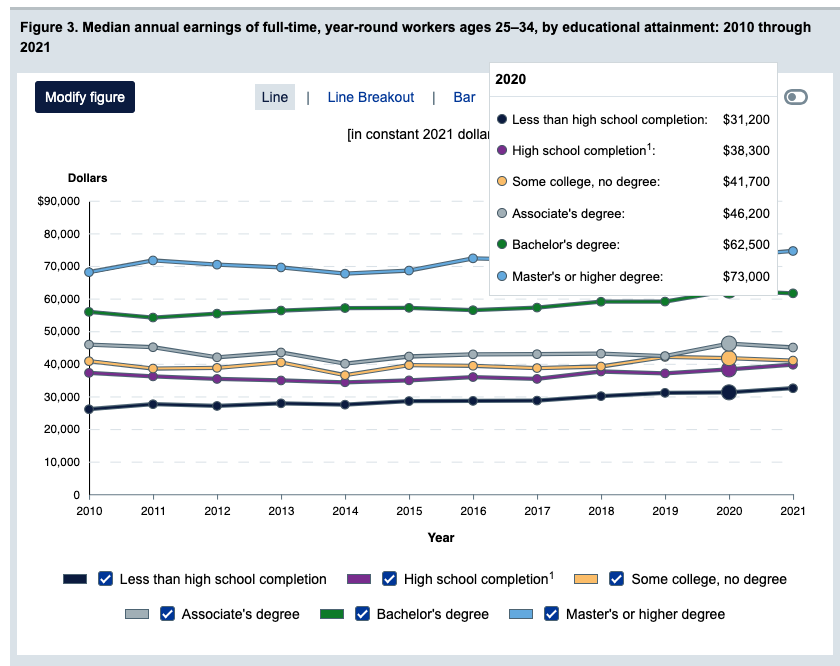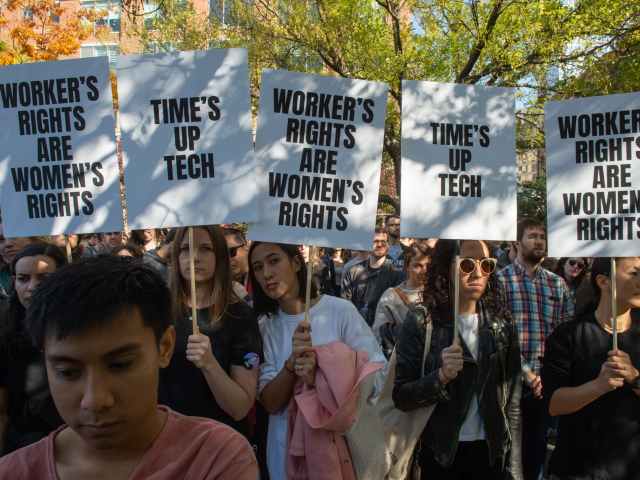BIDEN HAS DESTROYED THE AMERICAN ECONOMY AS FAST AS HE DESTROYED THE U.S. BORDER WITH NARCOMEX
Biden Promises Aid for ‘Climate Migrants’ in Weather Channel Interview

The Weather Channel is promoting the open-ended claim migrants should be allowed to enter the United States if their homelands are damaged by “extreme weather” — and President Joe Biden is eager to say yes.
“Is it the responsibility of the United States to protect migrants who might be fleeing extreme weather in their countries?” meteorologist Stephanie Abrams asked Biden during a very rare and softball interview beside the Grand Canyon.
Biden replied in the August 9 broadcast:
Look, I think the United States should do everything it can to help people who are in desperate need and have no other means of help. And we’ve always done that. It is just who we are. We’re the United States of America … for example, one of the things we’re doing is we’re providing for changing the environment, the physical structures, inthe countries which they come from.
Biden then drifted away from the topic, saying “We’re replacing every single lead pipe in America.”
Business groups want to import poor people into the United States and Europe to serve as consumers, renters, and cheap workers.
One claim is “climate refugees” are being created by climate change, and should be allowed to move into Americans’ society instead of developing their own countries.
“There could be 1.2 billion climate refugees by 2050,” the Swiss-based Zurich Insurance Group Ltd claimed in June 2023:
According to UNHCR, the UN’s refugee agency, an annual average of 21.5 million people were forcibly displaced each year by weather-related events – such as floods, storms, wildfires and extreme temperatures – between 2008 and 2016. This climate migration is expected to surge in coming decades with forecasts from international thinktank the IEP predicting that 1.2 billion people could be displaced globally by 2050 due to climate change and natural disasters.
Business groups also want more migrants because it is easier and safer for them to import poor people than to invest in developing countries. Breitbart News reported in November 2021:
Throughout the 1990s, economists expected investors in wealthy countries to move job-creating investments to the developing world and, thereby, raise billions of people out of poverty, Douglas Holtz-Eakin, president of the GOP-linked American Action Forum, said.
However, “for any number of reasons — inability to enforce contracts, political problems — the capital [in wealthy countries] really didn’t flow that way. It stayed in these [wealthy] countries,” he said during an October 26 online talk organized by far-left public publication DemocracyJournal.org.
But economics does abhor a vacuum, and so “now the [poor] labor is coming for the capital,” via international migration, according to Holtz-Eakin, a pro-migration economist who formerly worked for Sen. John McCain and for President George W. Bush when he was pushing the open-borders “any willing worker” claim.
Biden has already imported at least 6 million migrants for economic purposes in less than three years.
That economic policy has helped investors by inflating real estate prices and reducing Americans’ wages.
Biden’s huge inflow include roughly 2 million legal migrants, 3.5 million illegal and quasi-legal migrants allowed through the southern border, roughly 1.6 million “gotaways” who sneaked over the border, plus hundreds of thousands of migrants who have refused to go home when their legal visas expire.
Migration — and especially, labor migration — is unpopular among GOP and swing voters. A 54 percent majority of Americans say Biden is allowing a southern border invasion, according to an August 2022 poll commissioned by the left-of-center National Public Radio (NPR). The 54 percent “Invasion” majority included 76 percent of Republicans, 46 percent of independents, and even 40 percent of Democrats.
U.S. Federal Reserve officials are in "uncharted waters" with no clear historical guide as they set monetary policy in an environment with inflation falling but no increase as yet in the unemployment rate, Richmond Fed staff said in a new research note analyzing a central bank rate cycle they deemed "unlike any other."
"The current cycle is the first time over the entire postwar period the [Federal Open Market Committee] has made significant progress in lowering inflation without an associated increase in the unemployment rate," Richmond Fed staffers including senior adviser Pierre-Daniel Sarte wrote in the paper, published Wednesday on the bank's website.
"The current rate episode sees us in uncharted waters," with the Fed facing the largest-ever gap between inflation and the target federal funds rate when officials started tightening monetary policy in March of 2022, and now seeing the unemployment rate remain stable and low despite the fastest increase in interest rates in at least 40 years, the researchers wrote.
Whether that sort of cost-free decline in inflation can continue will be at the center of Fed discussion in coming weeks as policymakers decide whether they have moved interest rates high enough, or whether further rate hikes are needed.
New data released Thursday morning seemed to keep the positive trend intact.
The Consumer Price Index rose at a 3.2 percent annual rate in July, which was a slight increase over June's 3 percent reading.
But underlying price trends showed continued slowing. Once stripped of volatile food and energy costs, the annual "core" CPI fell to 4.7 percent in July from 4.8 percent in June, and much of that was driven by housing costs that Fed officials feel are set to steadily moderate.
Prices on a broad range of goods and services, from airline travel to medical care, declined last month compared to the previous month.
"Disinflationary pressures continued to build," Paul Ashworth, chief North America economist for Capital Economics, wrote in an analysis of the July CPI data.
Excluding housing prices along with food and energy, something the Fed itself has been doing to gauge the breadth of inflation across parts of the economy where officials worried inflation was becoming more rooted, Ashworth calculated the CPI actually fell month to month, and on an annual basis increased just 2.5 percent.
"The Fed is close to meeting its price stability goal," he said. Traders in contracts tied to the Fed's policy interest rate pared bets that the central bank would raise rates again, giving only a one in four chance of another rate increase at any of the Fed's three remaining meetings of 2023.
Whatever the measure, the direction for the Fed so far has been a good one, with inflation as measured by the CPI down from a peak of 9.1 percent in June of last year.
The Fed has raised the federal funds rate 5.25 percentage points since March of last year, with policymakers approving rate increases at 11 of the last 12 meetings in a sequence of actions meant to discourage borrowing and spending, and slow both the economy and the pace of price increases.
Typically, that would be associated with a jump in unemployment as businesses and consumers scale back. Yet the unemployment rate has remained below 4 percent—low for the United States—since February of 2022, and stood at 3.5 percent as of last month.
Fed policymakers have offered different interpretations of why that's happening, from "labor hoarding" among firms scarred by how hard it was to hire during the pandemic, to inflation that may have been driven largely by problems in supply chains that have slowly corrected. Others feel the economy remains slow to adjust to higher interest rates, and that the unemployment rate will ultimately rise before the Fed finishes its inflation fight.
How Fed officials analyze those sorts of nuances will determine whether they follow through with another rate increase at some point this year—the majority view among policymakers as of their latest projections, issued in June -- or decide that the current target interest rate range of between 5.25 percent and 5.5 percent is adequate.
Policymakers have been reluctant to commit. The gap between the last Fed meeting in July and the next one on Sept. 19-20 is an unusually long eight weeks, giving them two full months of data to consider.
As of June, one closely watched measure of prices, the personal consumption expenditures price index excluding food and energy, was still running more than double the Fed's 2 percent target. Only two Fed officials so far have publicly said they feel rates do not need to go higher, with others saying they want the "totality" of the data in hand before making a decision.
Given the unique circumstances, the Richmond Fed researchers noted risks on both sides.
The current Fed "has been uniquely successful thus far in lowering inflation while leaving the unemployment rate at its lowest levels in roughly half a century," they wrote, with the potential that policy tightening so far "may bring about further declines in inflation without a dramatic rise in the unemployment rate. This would be a first in the postwar U.S. economic experience."
Still, "with little guidance from past rate cycles, the FOMC will have to remain vigilant to avoid missing its target should the economy prove more resilient than anticipated."
(Reporting by Howard Schneider; Editing by Andrea Ricci and Christina Fincher)





